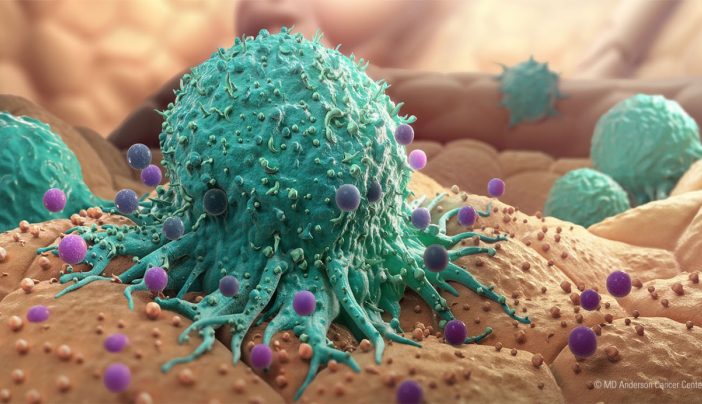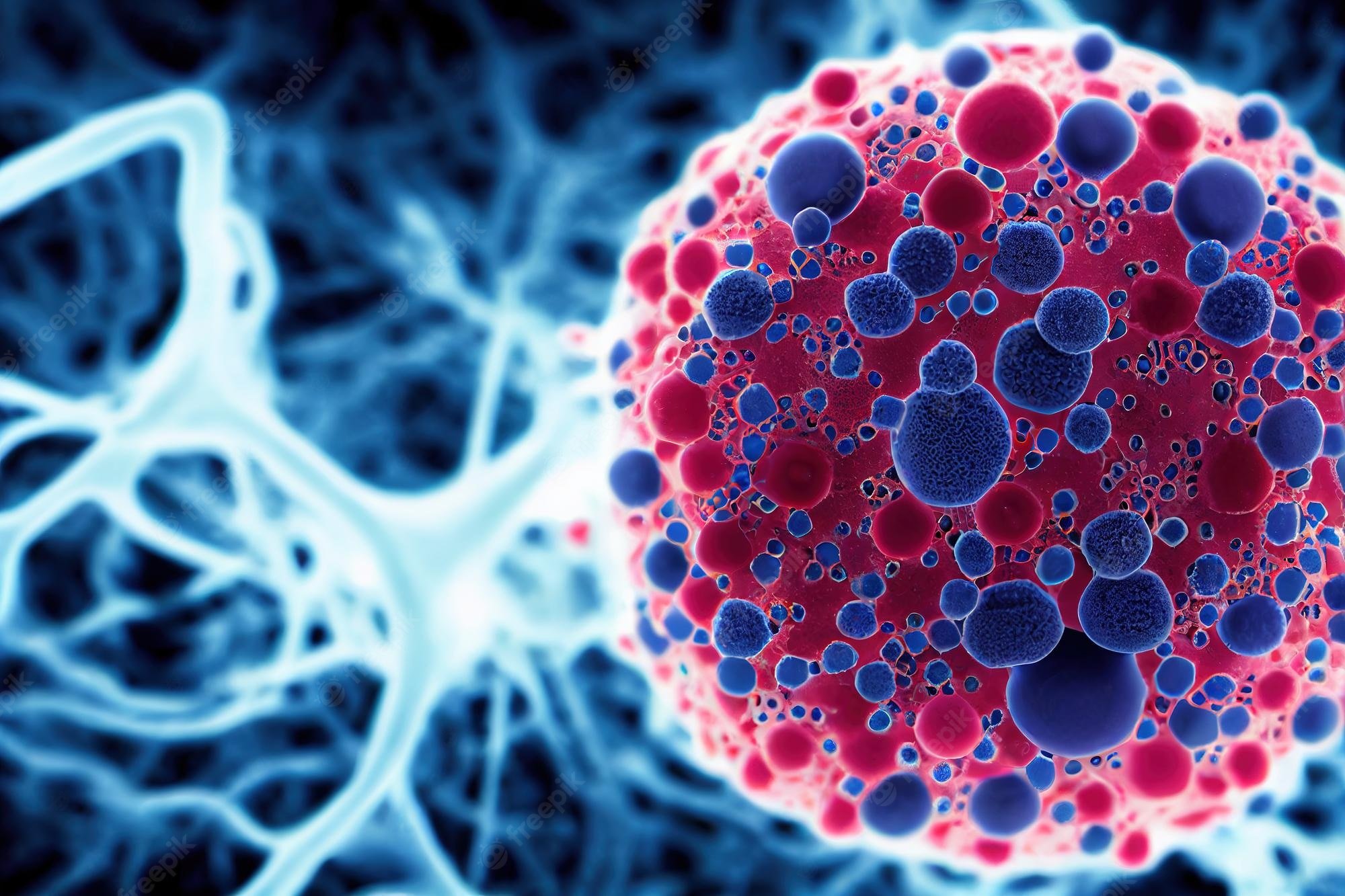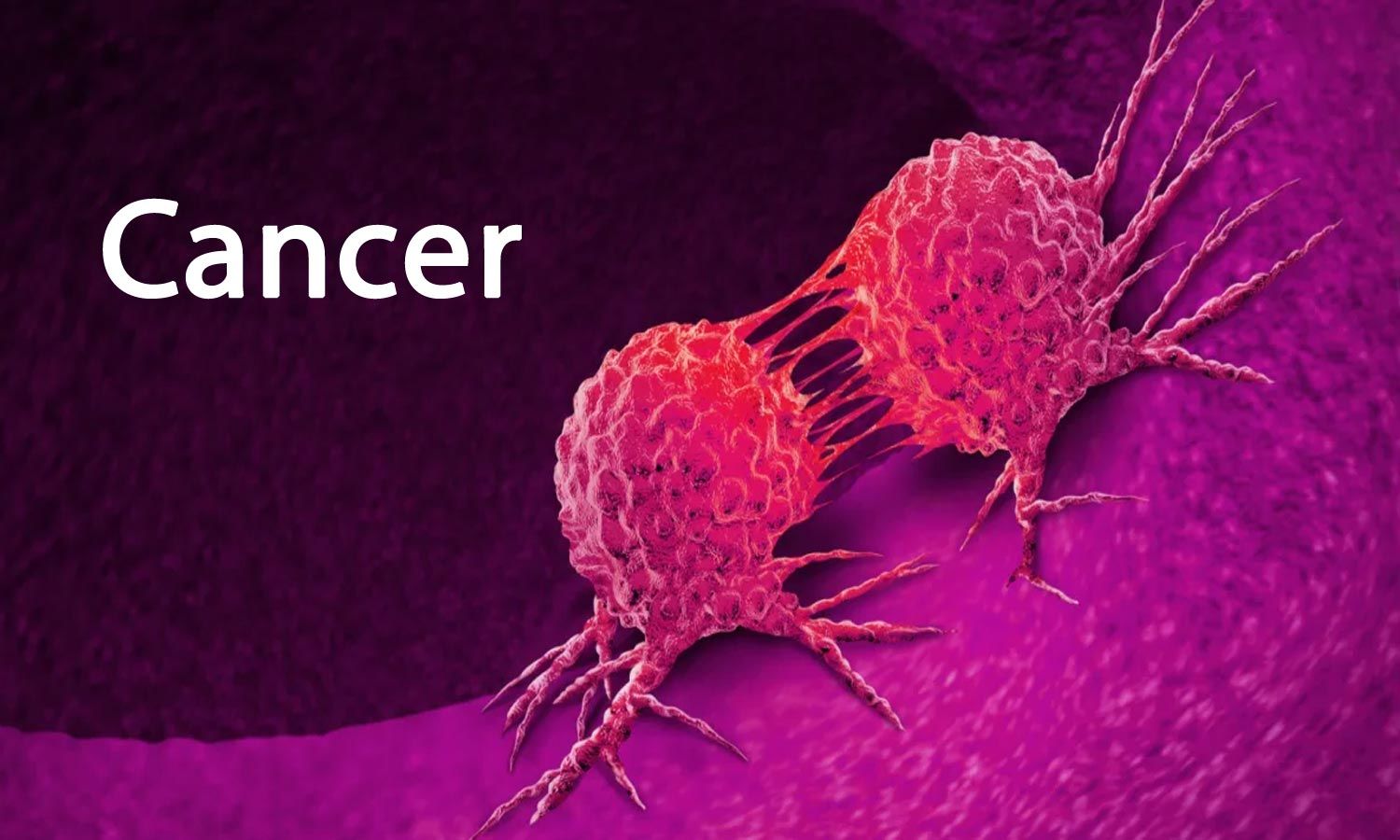For many men who have faced cancer, getting a tattoo can be a powerful moment, a way to show the world what they have gone through. It is a very personal statement, a mark of triumph over something incredibly tough. These tattoos are often more than just art; they tell a deep story of survival, courage, and a new start. It is, you know, a visible sign of an inner battle won.
Cancer, as we know, is a really serious health challenge across the globe. The World Health Organization (WHO) tells us it is the second biggest reason for deaths worldwide, with about 10 million people passing away each year. That is, apparently, one in six deaths around the world. It is a broad term, cancer is, used for many diseases where unusual cells grow beyond their normal limits, which can then spread to other body parts. For men, common types often include lung, prostate, colorectal, stomach, and liver cancer. Facing such a widespread and severe illness makes the act of surviving something truly extraordinary, you know.
So, when men choose to mark their bodies after beating cancer, they are often doing something that means a whole lot. It is a way to take back control, to heal, and to carry their journey with pride. This article looks into what these tattoos mean for men, the kinds of designs they choose, and what to think about when getting one. It is, basically, about the deep meaning behind these very special pieces of art.
- When Is Zach Bryans Next Album
- Where Was Allegiant Filmed
- Anna Faris Nude Playboy
- Frito Pie Burrito
- June 14 Zodiac Personality
Table of Contents
- The Power of Ink: More Than Just Skin Deep
- Common Themes and Designs for Men
- Practical Considerations for Cancer Survivor Tattoos
- Stories of Strength: Real Men, Real Tattoos
- Frequently Asked Questions (FAQs)
The Power of Ink: More Than Just Skin Deep
For many men, a tattoo after cancer is not just a pretty picture on their skin. It is a very deep and personal way to express something that words just cannot capture. It is a physical sign of a huge life event, a battle fought, and a new chapter starting. You see, it is a way to process a lot of emotions and make sense of what happened. It is, in a way, a very visible diary entry.
A Symbol of Triumph
Think about it: cancer is a fight for life. It is a time of fear, pain, and uncertainty. When a man comes out the other side, a tattoo can stand as a powerful sign of his victory. It is a way to say, "I made it." It is a permanent reminder of the strength he found within himself, even when things seemed really bleak. This kind of mark, apparently, shows incredible inner power. It is, just a little, like a medal of honor.
For some, the tattoo might mark the end of treatment, a kind of finish line. For others, it is a way to honor those who supported them, or perhaps even those they lost along the way. It is a very public declaration of survival, something that brings a lot of pride. This visible reminder, you know, can help them feel good about their journey. It is, basically, a permanent high-five to themselves.
- Gratiela Brancusi Net Worth
- Portrait Of Harry Styles
- Roy Zuckerberg
- Why Did Mia Bailey Kill Her Parents
- Richard Pananian Body
Reclaiming the Body
Cancer often makes people feel like their bodies have betrayed them or been taken over. Treatments like surgery, chemotherapy, and radiation can change how a body looks and feels, sometimes in big ways. Getting a tattoo can be a way for men to take back control over their own skin. It is a choice, a deliberate act, that helps them feel like their body is theirs again. This act of choosing, apparently, helps a lot with healing. It is, in some respects, like painting over a bad memory.
It is a chance to turn something that might have been a source of sadness or a scar into something beautiful and meaningful. A tattoo can help transform a scar into a piece of art, changing the story of that part of the body. It is a way to make peace with the changes and to see themselves in a new, stronger light. This process, too it's almost, helps them feel more whole. It is, you know, a kind of personal renovation.
Common Themes and Designs for Men
When it comes to tattoos for cancer survivors, especially men, there are many ideas that often come up. These designs usually carry deep meaning, reflecting the personal journey and what they want to remember or express. They are, very, very personal choices, after all. It is, basically, about finding the right symbol for a big story.
Ribbons and Symbols
The cancer ribbon is a widely recognized symbol of awareness and support. Many men choose to include a ribbon in their tattoo, often colored to represent the specific type of cancer they faced. For example, a light blue ribbon might be for prostate cancer, or an orange one for kidney cancer. Sometimes, the ribbon is woven into a larger design, making it a subtle yet powerful part of the art. This integration, apparently, makes the symbol even more personal. It is, in a way, a quiet statement of strength.
Other common symbols include phoenixes, which represent rising from the ashes and new beginnings. There are also anchors, showing stability and staying strong through tough times. Trees, especially those with deep roots or growing branches, can symbolize life, growth, and endurance. These symbols, you know, speak volumes without needing many words. It is, pretty much, a universal language of hope.
Personal Narratives
Many men opt for tattoos that tell their unique story. This could be a specific date, like the day they finished treatment, or a quote that gave them strength during their fight. Sometimes, it is an image that represents a moment of clarity or a loved one who supported them. These narrative tattoos are deeply personal, making them truly one-of-a-kind. They are, arguably, the most powerful kind of tattoo. It is, basically, a life story etched onto skin.
For some, it might be a small detail, like a single feather representing a loved one who passed away from cancer, or a mountain range showing the uphill battle they climbed. These designs might not be obvious to everyone, but they hold immense meaning for the person wearing them. They are, naturally, very private symbols. It is, in short, a secret language of survival.
Nature and Resilience
Nature often provides powerful metaphors for survival and growth. A strong oak tree, a blooming flower pushing through concrete, or a vast ocean can all represent resilience. Animals like lions or bears can symbolize courage and inner strength. These natural images connect the personal journey to something bigger, showing the enduring power of life. They are, of course, timeless symbols. It is, you know, nature's way of saying "keep going."
A tattoo of a compass might represent finding a new direction in life after cancer, or a lighthouse guiding them through stormy seas. These designs often speak to the idea of finding light in darkness and moving forward with purpose. They are, in fact, quite popular choices. It is, in that case, a beacon of hope.
Practical Considerations for Cancer Survivor Tattoos
Getting a tattoo after cancer is a big decision, and there are some practical things to think about to make sure it is a safe and positive experience. Health is, after all, very important. It is, basically, about planning well.
Working with Scars
Many cancer treatments leave scars, especially from surgeries like mastectomies for breast cancer (which can affect men too, though less common than in women) or other tumor removals. Tattoos can be an amazing way to cover or incorporate these scars, turning them into something beautiful. However, it is important to wait until scars are fully healed and mature, which can take a year or even longer. A good tattoo artist with experience in scar tissue will know how to work with the skin, which might be different from unscarred areas. This knowledge, apparently, makes a huge difference. It is, you know, a very delicate process.
Talking openly with the tattoo artist about the scars and what you hope to achieve is key. They can advise on designs that flow well with the scar tissue and ensure the process is as comfortable as possible. Sometimes, a scar can even become a feature of the design itself, rather than something to hide. It is, in fact, a creative challenge. It is, as a matter of fact, a way to make peace with changes.
Choosing the Right Artist
Finding the right tattoo artist is incredibly important, especially for a tattoo with such personal meaning. Look for an artist who has a good reputation, a clean studio, and experience with custom designs. It is also helpful if they have worked with scar tissue before, or if they show a lot of care and understanding for your story. Checking their portfolio and reading reviews can give you a good idea of their style and professionalism. This choice, apparently, really matters. It is, essentially, finding someone who gets it.
A good artist will listen to your ideas, offer suggestions, and make sure you feel comfortable throughout the whole process. They should be someone you trust with such a significant piece of art. Take your time to find the right fit; this is not a decision to rush. It is, you know, a collaboration. It is, pretty much, like finding a good friend for a project.
Health and Healing
Before getting any tattoo, it is always wise to talk to your doctor, especially after cancer treatment. They can advise if your immune system is strong enough and if there are any specific health concerns to consider. For instance, if you had radiation in a certain area, that skin might be more sensitive. Ensuring you are in good health before getting inked helps prevent complications. This step, apparently, is very important. It is, basically, about staying safe.
Proper aftercare is also crucial for a tattoo to heal well. Follow your artist's instructions carefully, keeping the tattoo clean and moisturized. Any signs of infection should be checked by a doctor right away. Your health, after all, is the most important thing. You want the tattoo to be a symbol of health, not a cause for concern. It is, of course, about protecting your well-being. Learn more about cancer prevention on our site.
Stories of Strength: Real Men, Real Tattoos
The stories behind these tattoos are as varied as the men who wear them. Consider Mark, who battled prostate cancer, one of the most common cancers affecting men globally. He chose a small, subtle tattoo of a single oak leaf on his forearm. For him, it represented the quiet strength he found during treatment and the idea that even after losing something (like a leaf in autumn), new life always comes. He told his artist, "It's just a little reminder that I'm still here, still growing."
Then there is David, who faced lung cancer, a type that, like prostate cancer, is among the most common for men. His tattoo covers a large area on his back, a powerful image of a phoenix rising from flames. This design, he explained, was about shedding the old and embracing a new chapter after surviving such a difficult illness. "I mean, it's about coming back stronger," he said. "It's, basically, my rebirth."
Or think of John, who had colorectal cancer. He got a tattoo of a compass with the word "Forward" underneath it. For him, the tattoo was a daily reminder to keep moving ahead, to not let the past define his future. He shared that, "It's like, you know, a constant push to live fully." This simple design, apparently, holds a lot of power for him.
These stories, while different, share a common thread: the tattoo serves as a powerful symbol of resilience, a way to reclaim their bodies and their narratives after a life-altering experience. They are, in a way, living memorials to their own courage. They are, very, very personal declarations. It is, you know, a silent cheer for themselves.
Frequently Asked Questions (FAQs)
What do cancer survivor tattoos symbolize?
Cancer survivor tattoos often symbolize triumph over adversity, personal strength, resilience, and a new beginning. They can also represent gratitude, remembrance of those lost, or a way to reclaim one's body after treatment. It is, you know, a very personal statement.
Can you get a tattoo over a mastectomy scar?
Yes, it is possible to get a tattoo over a mastectomy scar, but it is important to wait until the scar is fully healed and mature, which can take a year or more. You should also consult with your doctor and choose a tattoo artist experienced in working with scar tissue. This is, apparently, a common practice for many survivors. Learn more about recovery journeys.
What are common cancer survivor tattoo designs for men?
Common designs for men include cancer ribbons (often colored for specific cancer types), phoenixes, anchors, trees, compasses, and personalized symbols or dates that mark their journey. Many also choose designs that incorporate natural elements or animals that represent strength and resilience. They are, basically, symbols of their unique fight.
Related Resources:



Detail Author:
- Name : Mrs. Frederique Smitham MD
- Username : vlind
- Email : kuvalis.mercedes@gmail.com
- Birthdate : 1997-05-18
- Address : 657 Burnice Junction New Andersonhaven, AZ 18067-8267
- Phone : +1.207.297.2078
- Company : Anderson, Haley and Considine
- Job : Flight Attendant
- Bio : Aut id tempora blanditiis et. Aliquid eligendi modi maxime et quidem soluta. Totam dignissimos harum ducimus soluta rerum laborum. Laboriosam quos placeat quae veniam harum distinctio voluptatum nam.
Socials
facebook:
- url : https://facebook.com/bartonh
- username : bartonh
- bio : Eum incidunt rem omnis ipsam. Ad quo inventore magnam.
- followers : 459
- following : 2678
linkedin:
- url : https://linkedin.com/in/barton1974
- username : barton1974
- bio : Exercitationem aut molestiae voluptas ratione.
- followers : 496
- following : 2469
tiktok:
- url : https://tiktok.com/@hilda_barton
- username : hilda_barton
- bio : Voluptatem et vitae pariatur. Aut repellat aut qui quisquam.
- followers : 4753
- following : 2051